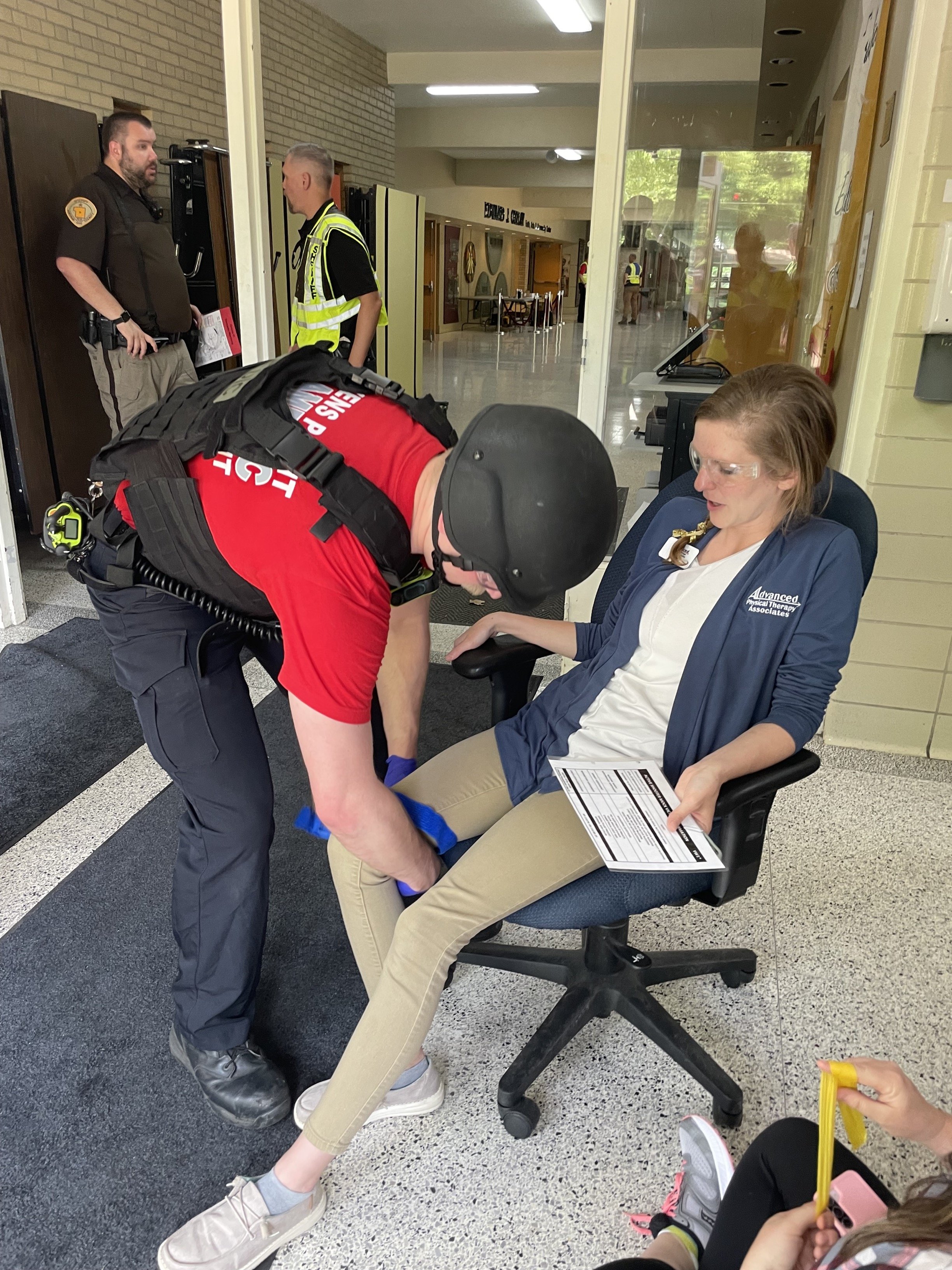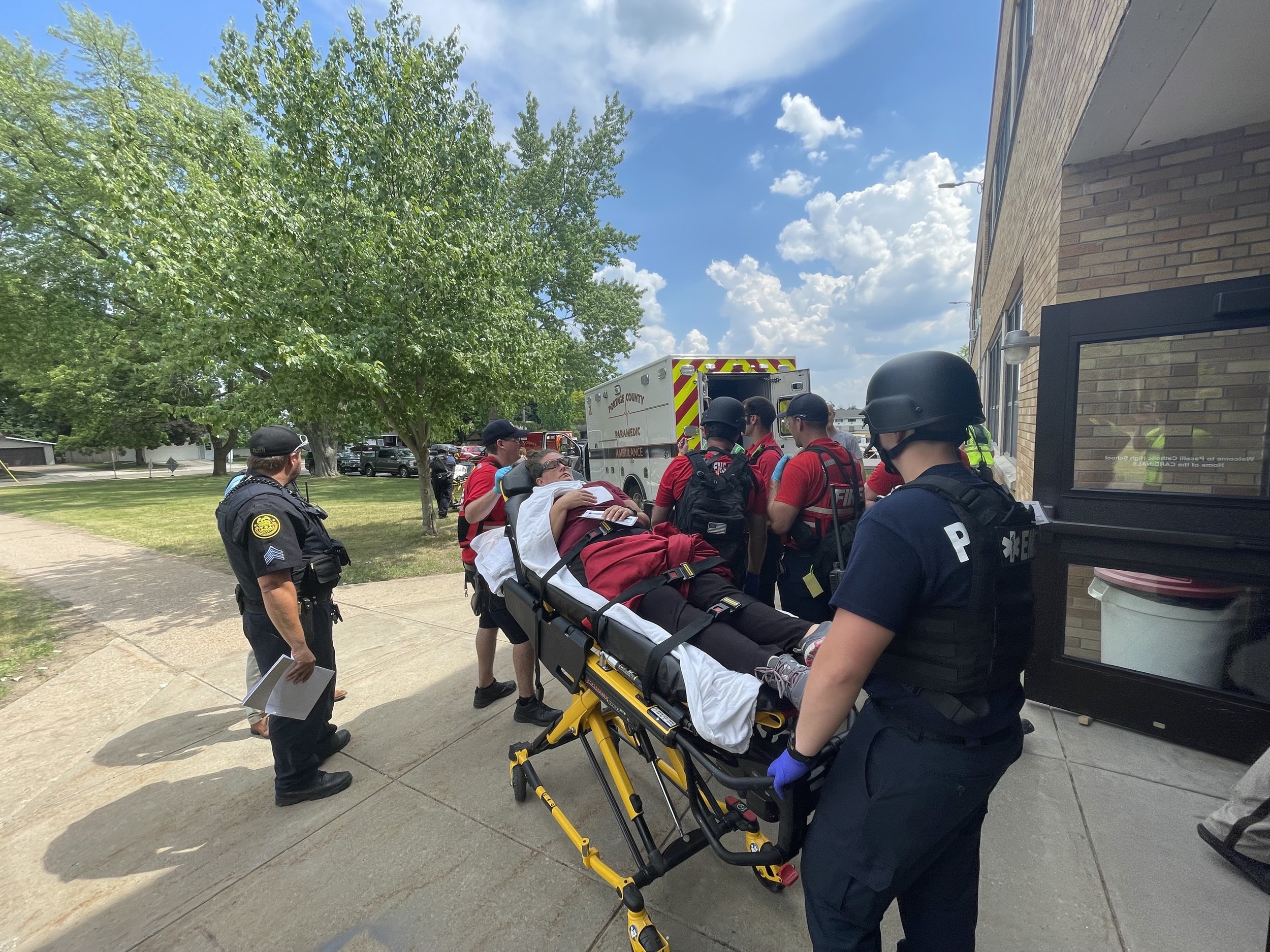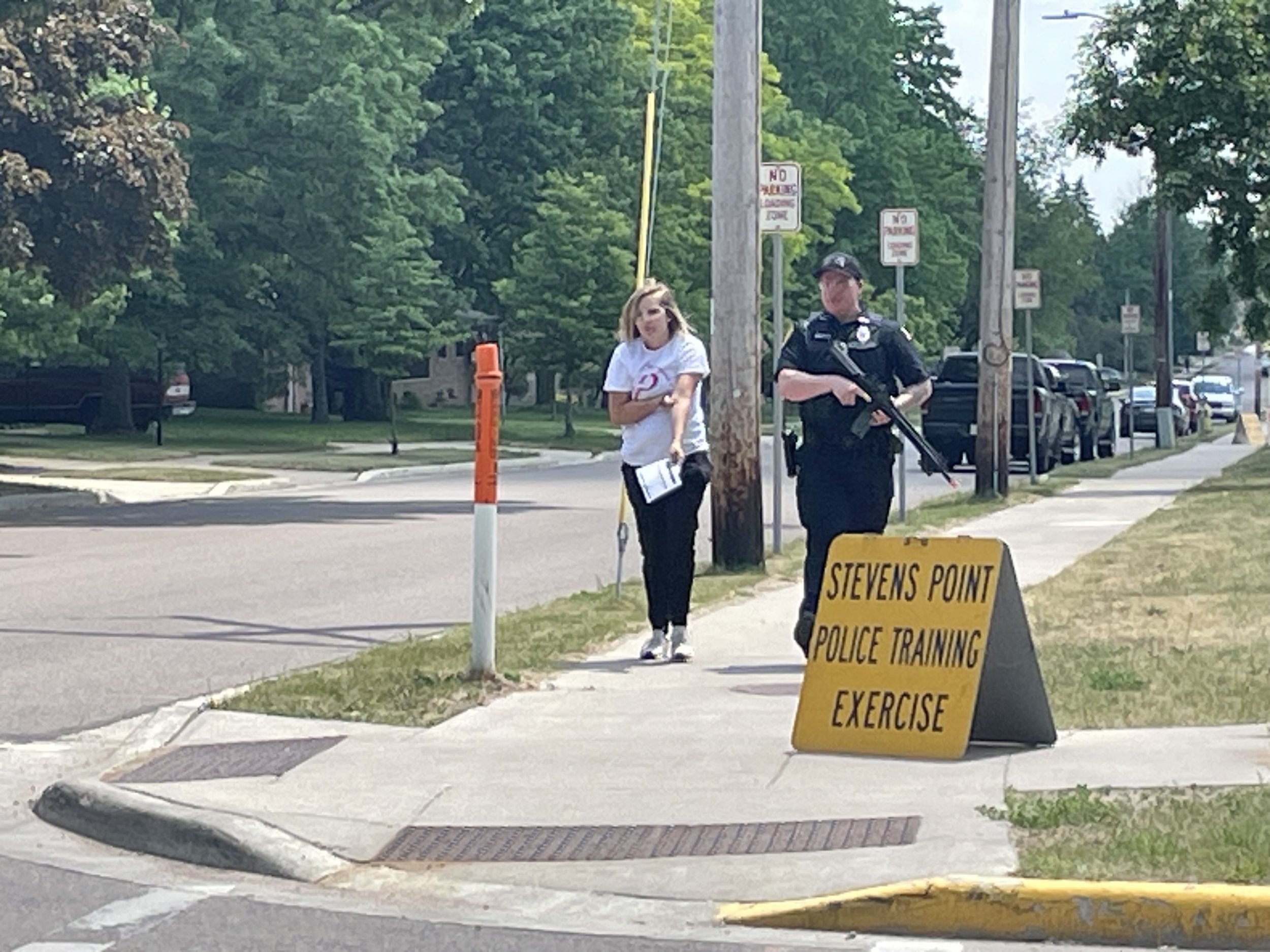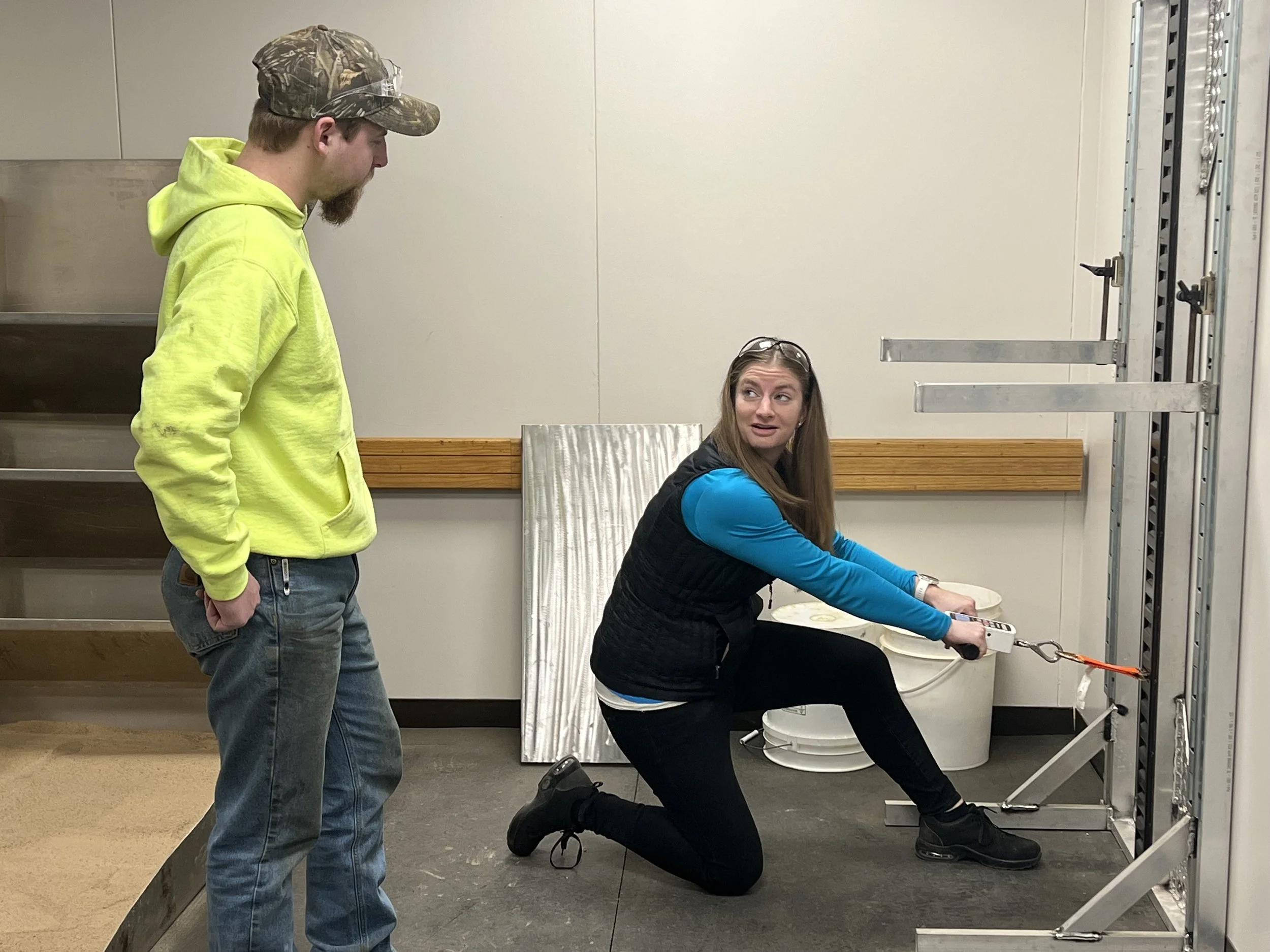Over the last 2 decades, there has been a lot of talk about the injury known as concussion. There has been a growing body of research about concussions—what they are, what causes them, and how we can better treat them. For this reason, the clinical management of concussion care has significantly changed in recent years; however, not all health care providers have been informed about these changes.
My name is Logan Curry. I am a physical therapist at Advanced PT’s Appleton North location with advanced training in treating and managing concussions. I frequently get questions from patients or their parents about these injuries. Here are the answers to some common questions that I get about concussions.
What is a concussion?
A concussion is a traumatic injury to the brain, which causes a cascade of events leading to inflammation, blood flow restriction, and a depletion of energy needed for normal neurological function. This is a functional injury to the brain without visible structural tissue damage to the brain. It causes signs and symptoms (such as dizziness, headache, fatigue, etc.) which can occur immediately or over time. Although these symptoms can be quite severe, typically we expect them to resolve in days or weeks following the injury.
How do you diagnose a concussion?
A clinical assessment performed by a health care provider is necessary to formally diagnose a concussion. Assessment may include but is not limited to testing for cognition, eye control and vision, posture, gait, balance, and neck motion.
Do you need to get imaging after a concussion?
No, it’s not necessary, but sometimes it may be appropriate. Currently, diagnostic imaging for clinical use cannot identify people who have sustained a concussion, so CT scans and MRIs will show no signs of tissue injury. If a person sustains significant head trauma and their symptoms progressively worsen or create an unstable condition, they should receive a CT scan to rule out something more serious. In other cases, a person may receive an MRI to assess for structural injury to the brain in cases where symptoms persist longer than expected.
What do you do after a concussion to help recover?
Initially, a period of relative rest (reducing daily activities and limiting screen time) for the first 24-48 hours following injury is recommended. After this period of time, it’s important to gradually return to physical and cognitive activity with minimal increase in symptoms. Sometimes people want to avoid all stimulation that provokes symptoms following their injury. Unfortunately, this doesn’t help their brain adjust to the stimulation that comes with daily activities. After a concussion, the brain needs to be gradually exposed to normal stimuli as part of the recovery process.
How does someone return to school, work, or sport?
Often after these injuries, people need to receive modifications or accommodations to their school or work day to allow them to return to those activities at a sub-symptom threshold level (with minimal increase in symptoms). This they can do with the assistance of a healthcare provider. Returning to sport should occur in a gradual manner under the direction of an athletic trainer or physical therapist. Returning to full participation in sport should occur after fully returning to school/work activities.
How long does it take to recover?
The majority of concussions recover fully in a relatively short amount of time (14 days or less for adults and 30 days or less for children). Unfortunately, there are cases and situations where concussion symptoms can persist because the brain needs some additional help to get back to normal function.
Should someone receive care or treatment after a concussion? I
t is important to have oversight by a medical provider to assist in helping a patient who has sustained a concussion return to normal activities. ER doctors, primary care physicians, and athletic trainers are often the first health care providers to see people following a head injury. In some cases, they may recommend that a patient receive care or treatment from other health care providers such as a physical therapist, occupational therapist, speech and language pathologist, neurologist, concussion doctor, neuro optometrist, and neuro psychologist. Their recommendation will be based upon the provider’s experience and the patient’s symptoms following an injury. Sometimes providers may not be aware of some options that may be available to help get their patient better faster.
How does physical therapy help people who have concussions?
The main goal of physical therapy following a concussion is to help gradually retrain the brain to process information and return to normal activity and function. Every concussion is going to present differently, so treatment can vary from one injury to another. The physical therapist will perform a comprehensive assessment and determine the most appropriate treatment strategy to help each patient address their impairments and deficits as well as work towards achieving their specific goals. Physical therapy may include aerobic activity, treatment for the neck, exercises for the eyes, interventions for the inner ear, balance training, reaction training, and sports/job specific activities.
Concussions are a very complex injury and not fully understood. Despite our limited knowledge on the subject, there are many great things that can be done to help people feel better faster and to assist in managing symptoms. If you have any additional questions about concussions or are curious about what physical therapy can do for treating concussions, feel free to contact me at lcurry@advancedptsm.com or 920-991-2561.
Patricios JS, Schneider KJ, Dvorak J, et al. Consensus statement on concussion in sport: the 6th International Conference on Concussion in Sport-Amsterdam, October 2022. Br J Sports Med. 2023;57(11):695-711. doi:10.1136/bjsports-2023-106898
















